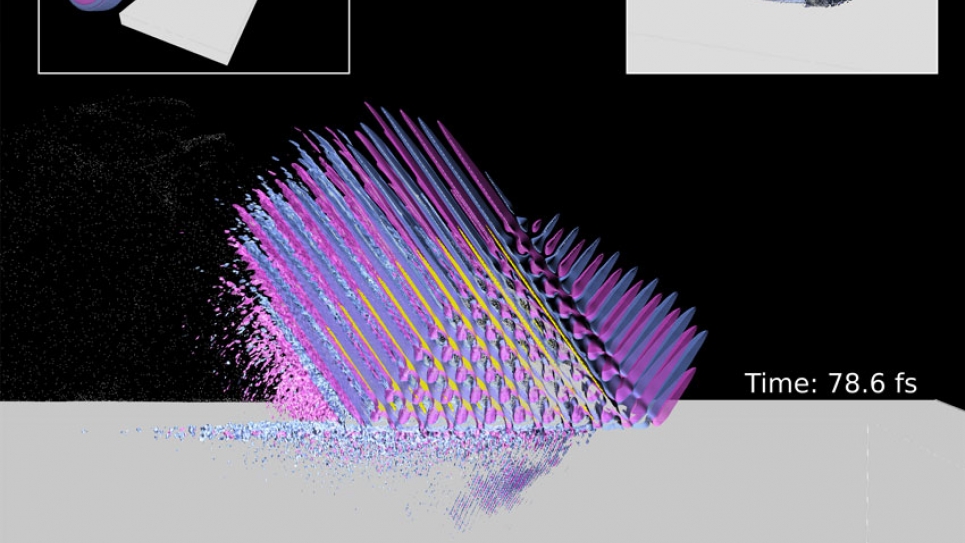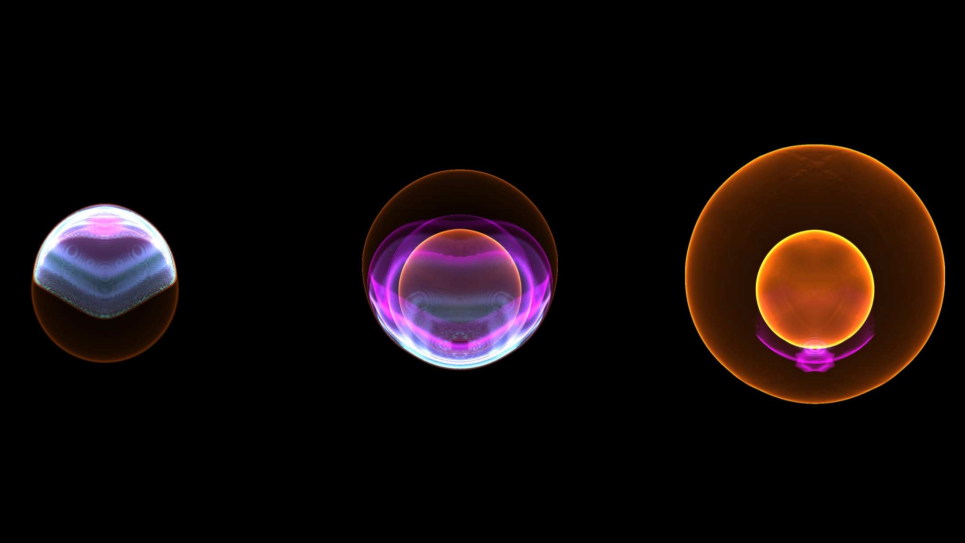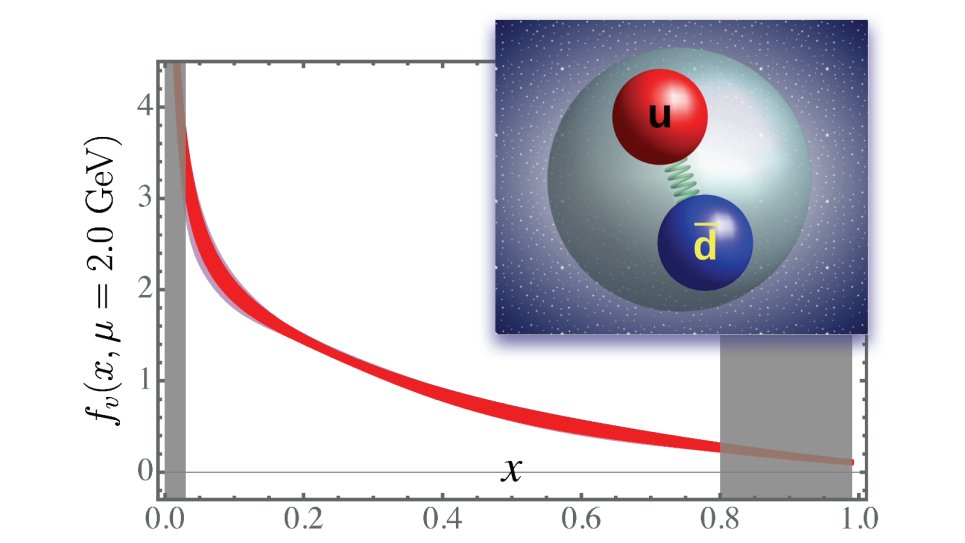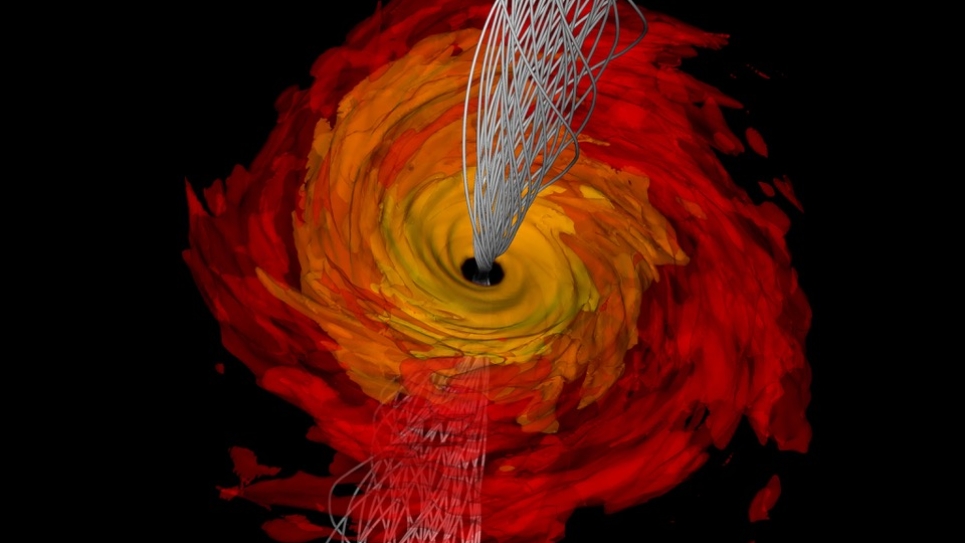
PICSSAR
The success of PetaWatt laser facilities that aim to control promising ultra-short particle (electrons, ions) and X-UV light sources from Ultra-High Intensity (UHI) laser-plasma mirror interactions, will rely on the strong coupling between experiments and large-scale simulations with particle-in-cell (PIC) codes. But standard PIC codes partly fail to accurately describe most UHI laser-plasma interaction regimes because the finite-difference time domain (FDTD) Maxwell solver is too inaccurate.
To address this challenge, researchers are using highly precise very high-order pseudo-spectral methods to solve Maxwell's equations. Despite their high accuracy, legacy pseudo-spectral methods employing global Fast Fourier Transforms (FFT) have hardly been used in large-scale 2D/3D simulations due to their inefficiency at scaling beyond tens of thousands of cores. To break this barrier, a pioneering grid decomposition technique was recently proposed for pseudo-spectral FFT-based electromagnetic solvers, which was first validated by extensive analytical work and then implemented in the PIC code Warp+PXR.
In accordance with the initial overarching project goal to design, optimize, and control the next generation of particle and light sources produced by UHI laser interactions on plasma mirrors, researchers will now use the potential of the new code to develop innovative schemes harnessing the full potential of plasma mirror sources in promising application experiments.


